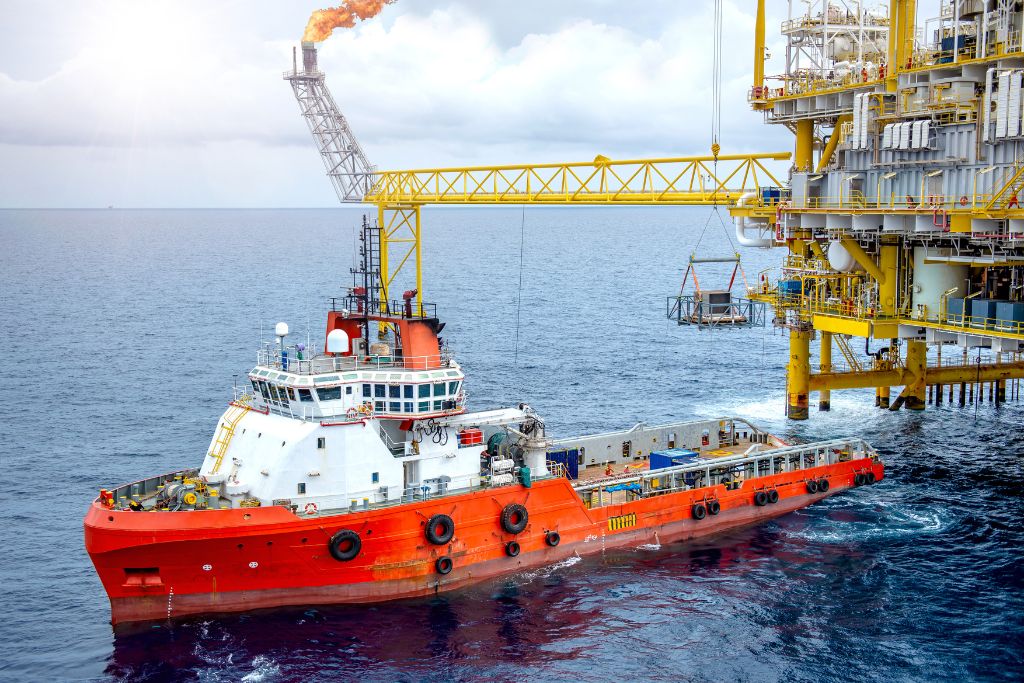Whether you’re an environmentalist, a business owner, or just interested in the current energy debate, Energy Voice can help you. From climate change to energy legislation, our experts provide you with the information you need to make informed decisions about the future of our planet.
Offshore energy agenda for the North Sea
Creating an energy plan for offshore energy in the North Sea has been a top priority for the European Union for a long time. The EU wants to get ready for 300 GW of offshore wind power by 2050. To achieve this target, a new approach is needed to determine where and when the offshore wind will be developed.
The first phase of the offshore energy agenda for the North Sea will focus on identifying concrete projects. In the next phase, a new approach will be developed, taking relevant insights from the previous phase into account. The international perspective will play a key role.

A big part of the SEA process is making sure that plans take into account how they might affect the environment. To do this, the process involves consultation with stakeholders and neighboring states. Input from stakeholders is documented and included in the SEA’s environmental report.
Linking the North Sea energy systems can save significant costs and space. It can also reduce CO2 emissions. The plan also includes elements on renewable energy, including hydrocarbon exploration and the Scottish Renewable Energy Zone.
Offshore energy agenda for the South China Sea
Despite China’s rising power and economic influence, the offshore energy agenda for the South China Sea is still largely focused on waters off the coasts of Malaysia and Vietnam. Nevertheless, the United States and other nations of the law-abiding world stand with Southeast Asian partners in defending the freedom of the seas.
The South China Sea is a vital shipping lane, carrying a third of global shipping traffic. It is also home to some of the world’s richest fishing grounds. It is a source of livelihood for millions of citizens in coastal countries. The resources of the South China Sea are the birthright of these nations. However, Beijing has sought to deny the people of these countries access to them.

China’s behavior in the South China Sea represents an assault on the people of Southeast Asia. From generation to generation, China has been working to suppress the rights of these countries to the resources of the sea. In a bid to expand its maritime influence, China has aggressively deployed military forces and a maritime militia in disputed waters.
Offshore energy agenda for the Gulf of Mexico
Hundreds of thousands of people and groups have asked the US Department of the Interior to allow environmentally friendly energy development on offshore land. This goal will allow the US to lead the world in renewable energy technology and position America to become energy self-sufficient. The administration’s new actions will capture the vast offshore wind energy potential and advance the president’s clean energy goal.
The Gulf of Mexico has an estimated 508 GW of technical resource potential, enough to supply two-thirds of America’s offshore wind energy needs. The Department of Interior has taken several steps to move this goal forward.

The Bureau of Ocean Energy Management (BOEM) will identify potential wind lease areas in federal waters. The agency will then engage potentially affected parties and invite input from government representatives. The results of these assessments will be used to auction leases for wind project developers. BOEM will hold virtual public meetings to provide information about the process and seek comments.
Offshore energy agenda for the Middle East
During the past few years, Egypt has made a paradigm shift in the energy sector, moving from being a small regional energy power to an international powerhouse. This transformation is largely due to the development of natural gas and renewable energy resources, and Egypt’s burgeoning electricity interconnections with Africa and the Middle East.
These developments have allowed Egypt to become a net energy exporter. Initially, this will be in the form of natural gas, but the country has established the infrastructure for an electricity export market.

Egypt’s new energy policy has started a number of projects to increase the amount of renewable energy the country makes. The ambitious 2035 Integrated Sustainable Energy Strategy of Cairo aims to get 42% of the country’s installed power capacity to come from renewable sources by 2035. The nation is also developing large-scale solar and wind power projects.
During the last eight years, President Abdel-Fattah el-Sisi has made significant advances in the energy sector. This includes a plan to produce 61 gigawatts of renewables by 2035, which would be almost a third of the country’s total installed capacity.


